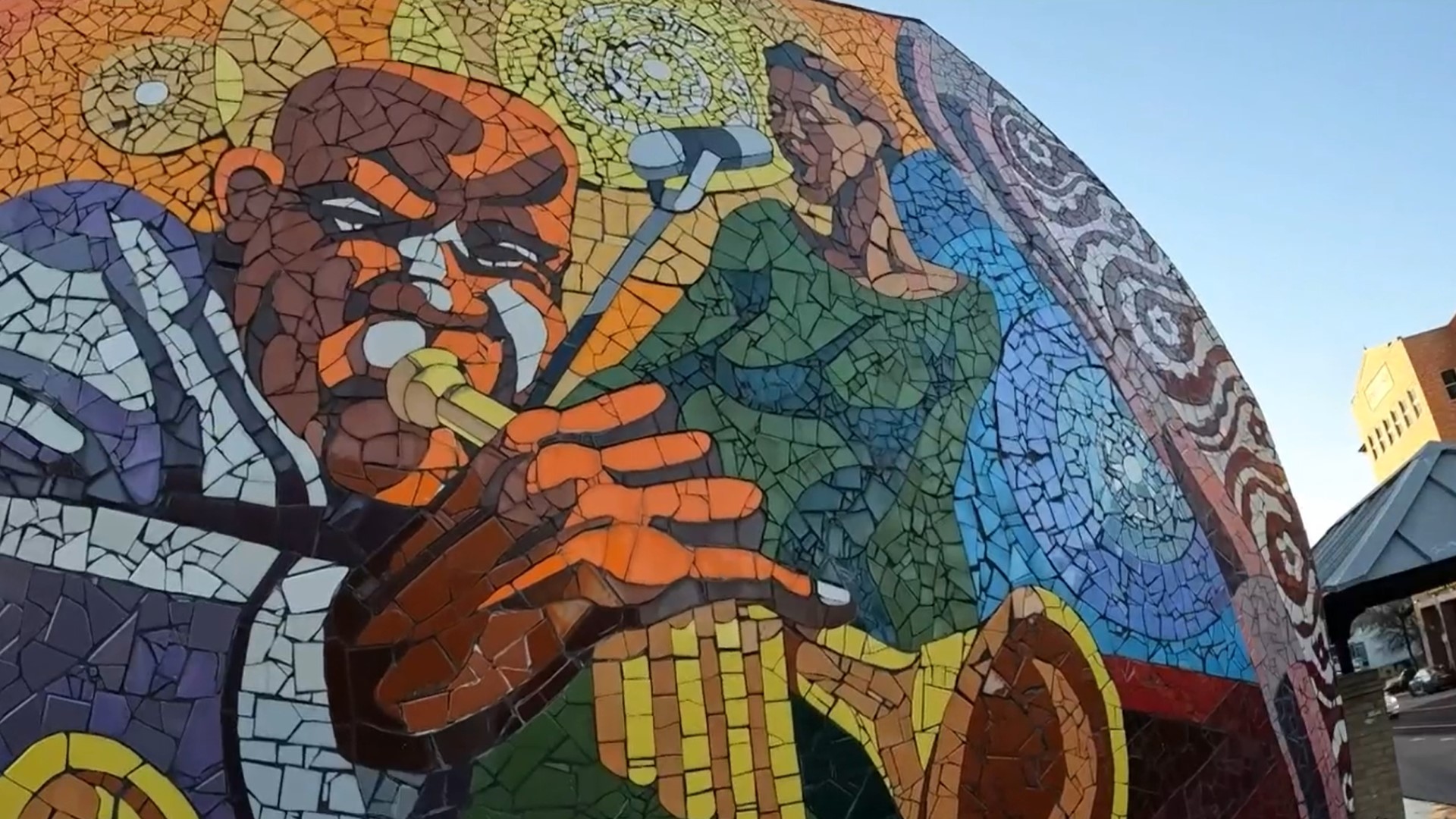AUSTIN, Texas — It's hard to miss the vibrant colors that shine on the east side of Austin – art splattered across buildings that displays people and culture.
It's culture that's cemented throughout the area, whether it's at a park, restaurant or church. But almost a century ago, the miles that made up East Austin were once made of squares – six to be exact.
Austin's infamous 1928 master plan segregated the city. Black residents were pushed to the east side, which would later be known as the "Negro district." The adopted plan isolated the Black population, while controlling their properties that lay outside of the district, directly stripping them of opportunity.
"This city determined that Black people would live in 6 square miles of the city on the east side," Six Square CEO Pamela Owens said. "What you found was a lack of a grocery store, lack of resources – but you found resilient people that figured it out. Black businesses thrived in that time, and people really took care of each other."
Almost a century later, Austin's east side is built on that history, which is glued together by those places and faces that left their stories behind. It's how the cultural district Six Square came to be.
Owens said the organization was first launched in 2013 and highlights 14 locations, which include Rosewood Park, Huston-Tillotson University and Downs Field.
"We've taken it back and embraced it, and we are committed to preserving the work and the struggle that has had to occur in order to keep it," Owens said. "Each stop is the pulse of a community that has thrived beyond measure in a city that hasn't always been fair and equitable."
The goal is to preserve the history that made East Austin, despite the new developments moving in.
According to Owens, the Black population in Austin is dwindling. As of 2023, 7.9% of the city's population is Black or African American, per the U.S. Census Bureau.
But Owens isn't too worried about gentrification overtaking the neighborhood, so long as whoever comes in knows what piece of history they are building on.
"If you've bought that building and you're turning into something else, you can be an active part of not letting the stories that are connected to the people that built this part of the city die," Owens said. "Six Square should be a gathering place for everybody, but not at the expense of people that work every day in it to preserve it."

